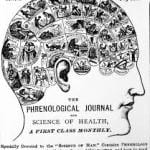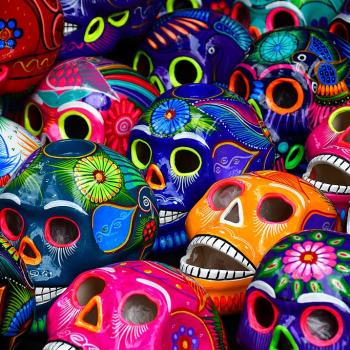LET’S DO THIS.
The Lady Eve: Watched it again and loved it even more. Barbara Stanwyck’s a gem but honestly I’m not sure I’ve ever disliked a movie about a lonely grifter. Show me a con artist with an aching heart (she doesn’t even have to know she’s lonely! She can think she’s fine!) and I will want to just scoop both star and film up in my arms and carry them off to someplace where the cops will never find us, until we inevitably slip up and get caught because getting caught is my most favorite personality trait. Can You Ever Forgive Me?, The Grifters of course (the book is both more uneven and more haunting), The Lady Eve… what other films can give me this archetype? Oh man, I can’t remember, is the guy in The Reckless Moment a grifter or just kind of a low-level criminal? That’s a great one & playing this week at AFI, for you local types.
The Legend of Cool “Disco” Dan: This documentary, about basically a random guy who wrote his name on like every daggone building and bus of DC in the ’80s – ’90s, truly does what it intends and turns into a journey through an era. From the first emergence of go-go through the “Murder Capital” years, from the Gangster Chronicles (and Lady Chronicles) to the jagged edge of the gentrification age, this is a gripping and wrenching film. It’s got visual interest and of course the soundtrack is bumpin’, but some of what makes the film work is that this guy was a marginal, everyday type who nonetheless genuinely did have a certain inner emptiness and estrangement which led him to seek immortality via graffiti. There are ethical questions here which emerge at the end, about how to present our hero’s ongoing and increasingly-severe mental illness. But this is a tribute to Cool “Disco” Dan as a man who brought a city together, and I suspect the filmmakers are right that he appreciates it. Watch through the end credits, where you get to see people who didn’t make it into the body of the film.
The Hobbit (1977): From very early in this film I recognized the animation style of The Last Unicorn, and this is indeed both produced by Rankin/Bass and animated by Topcraft, the studio which did TLU (and half of which later became a little outfit you may know called Studio Ghibli). This film has the same visible Japanese influence, the wrinkly faces, the same gestures and beards as TLU. It’s a lovely style when it’s allowed to spread its wings. The Hobbit (I’m guessing) just didn’t have the budget to do it up right–very often a mouth moves while everything and everyone else in the scene is still. It’s a short movie and feels skimpy.
Anyway this is an odd film probably most worthwhile if you’re interested in the Topcraft style or Hobbit adaptations and their difficulties. The songs are memorable (“Carefully, carefully with the plates!” is more or less the only thing I remember from watching this as a child) but last approx five seconds; Smaug is pleasurably frightening; the plot comes across as especially pointless and episodic since until we reach the Lake Men it’s just them getting in trouble and Gandalf *~*magically*~* rescuing them, rinse repeat. Gollum is just as sad and awful as he should be, hoarsely voiced by the guy who played Rukh in TLU. To hear him keening about his “birthday present” when you know he’s remembering a murder makes the hair stand up on the back of your neck.
The Lord of the Rings (1978): This here is something else. It’s two hours and change to tell the first part of LOTR, and it’s done in a wild medley of traditional Western animation and rotoscoping. This feels more like a tale than the ’78 Hobbit, but what struck me most–for good and for ill–was the look of it. The backgrounds are consistently gorgeous and the people are consistently, shockingly ugly. The hobbits’ relentless ugliness kind of works, insofar as it brings forward their comic sidekicky quality, but even there it wasn’t pleasant to look at. The elves (!) are especially fug, like a blond person got printed onto Silly Putty and smushed inward.
The rotoscoping, and the mix of regular animation and rotoscoping, completely worked for me and added a true eldritch note to the movie. It made the movie feel like a clash of dimensions, an interpenetrating of realities, which seems totally true to the idea of a middle age in which peoples now distant from ourselves once walked among us.
I don’t remember where The Fellowship of the Ring ends, tbh, but this movie ends in a place that is deeply unsatisfying once you know there are no sequels. The characterization and character relationships are also perfunctory. Still, the gnarly clash of styles here produces an effect like the awe one would feel on encountering a great monster.
Beauty and the Beast (1978): This is a relatively straightforward retelling of the fairy tale by Slovak director Juraj Herz. It’s memorable because it does all the elements so well. The music is organ-driven and distinctive; the beast is a bird-monster wracked and taunted; his castle is broken, his halting attempts to free his Manic Pixie Dream Captive may cost him his life, there’s blood-drinking and gorgeous gowns, it’s high romance at its gothic best.
Eleanor Vere Boylan’s illustration of Beauty dining with Beast via Wikimedia Commons.












